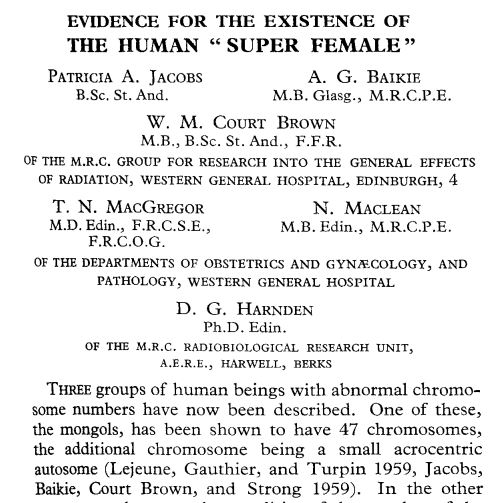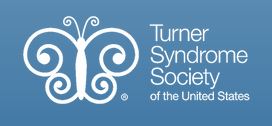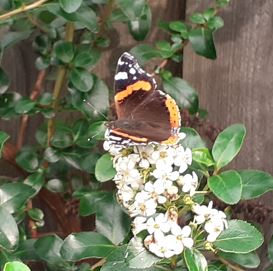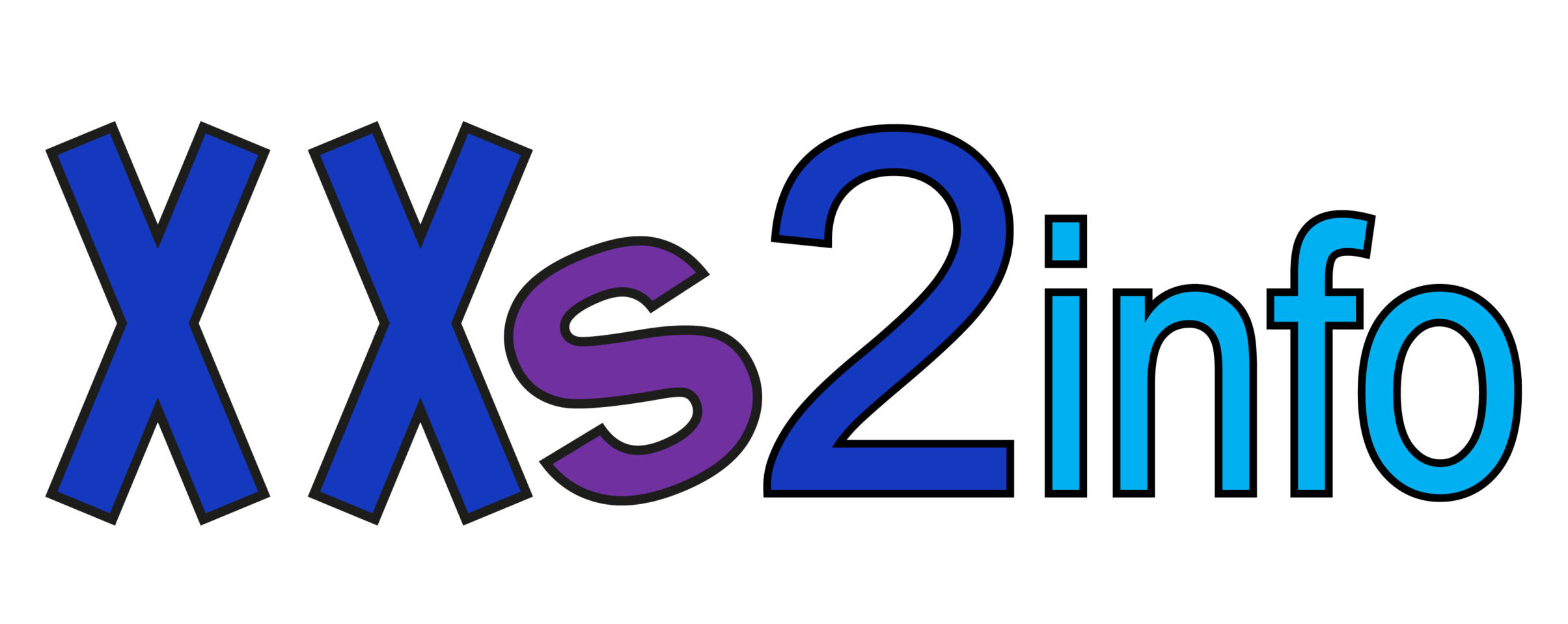(Nederlandse samenvatting onderaan)
With my combination of 45,X0 (Turner syndrome), 46,XX (usual female) and 47,XXX (triple X syndrome) I am a textbook example of chromodiversity and human diversity. To find other people with similar experiences, I connected to both trisomy X people and their families and Turner people and their families. And then, something interesting happened. The language in both groups seems to be contrary. What am I, ‘super female’ or ‘precious butterfly’?

Trisomy X was discovered in 1929 in Drosophila flies, which were often used for biomedical research in those days. The flies with three X chromosomes were nicknamed ‘super female’. In 1959, Patricia Jacobs and her colleagues published an article on trisomy X in humans (women). In the title she also uses ‘super female’ as you see in the picture on the right. ‘Super female’ or variants are still seen now and then. Not only on social media but even in serious publications in scientific journals. An example is the use of ‘superwomen‘ in an article on how we do as adults.
In the Turner community, women with X0 are often called ‘precious butterflies’. The symbol of the Turner Syndrome Society in the US is a butterfly. Women write about ‘we butterflies…’.
No super females
Women with an extra X (trisomy X, triple X syndrome) are no super females. We usually do not have any clear physical differences. How we are, our personalities, skills, how we live… It is a very wide range. We see some gender diversity (XXX people identifying as nonbinary or male) in our groups on social media. From my experience, our interests and strengths are sometimes more those which are traditionally associated with males. Some more prefer math’s above languages, doing above talking, some of us have traits of autism which might give the impression of ‘being more boyish’. We also have very feminine people in our groups. Many work in education or child care, traditionally ‘female’ jobs. So, the whole range from very feminine to nonbinary and some trans males are present in trisomy X. In 1959, the m-word was used for people with for people with trisomy 21 as the picture shows… Maybe it is time to stop the use of ‘super female’ too, even though it seems to be more flattering.
No butterflies

In my country, The Netherlands, the severe skin disease epidermolysis bullosa is also called ‘butterfly disease’. The skin is so sensitive and vulnerable as the wings of a butterfly. And the butterfly is also often used as a symbol for children who pass away very young. So, the butterfly as a symbol for me relates to sadness and pain. I do not see people with Turner syndrome as very vulnerable. The risk of inborn heart conditions is higher and sad enough, some pass away during the pregnancy. But many of these people grow up, graduate from a wide range of educational levels and find jobs. Just as with the extra X and Y people, they often need some more time or some extra support to achieve independence. But surely they do… So for me, I rather not use ‘butterflies’ for people with Turner syndrome. Just use the word for the beautifull creatures in my garden…
Real life with chromodiversy
For me, my life with chromodiversity is often quite ‘normal’. I need some more time now and then, executive functioning and auditory processing are not my strengths. Managing my diet, my hearing aids, my medication and my tight muscles and tendons is time consuming. I do not have a paid job now. A decision on my workers disability compensation is due any moment. Lots of volunteering fill my weeks, both in my former field as an information specialist and in an assisted living facility where I walk with people in a wheelchair and mend their clothes. I take care of my own house and my teenage son, coparenting with his dad.
Part of human diversity
Language matters, it influences our feelings and our views. Calling somebody a ‘super female’ or a ‘precious butterfly’ influences how we approach them. It may cause a gap between ‘us’ and ’them’. I feel ‘othered‘ if people call me words like those. In the end, we are all human and part of human diversity. Let’s focus on that and see how we can live our lives together.

Nederlandse samenvatting:
Met mijn mozaïek van X0, XX en XXX ben ik een schoolvoorbeeld van chromodiversiteit. In Engelstalige communicatie kwam ik twee termen tegen voor mijn situatie: ‘super female’ en ‘precious butterfly’.
Super female is een term die bij de ontdekking van triple X-syndroom (XXX) gebruikt werd. We zien die nog steeds af en toe, niet alleen in Facebook groepen maar ook in wetenschappelijke artikelen. De vlinder als symbool van het syndroom van Turner, X0, is gangbaar in de Verenigde Staten. Vrouwen schrijven ook over zichzelf als ‘butterfly’. Met beide termen ben ik niet echt blij. Mensen met XXX zijn niet super vrouwelijk, we zijn vooral gewoon mensen. De vlinder is ook symbool van een ernstige huidaandoening en van kinderen die veel te jong overlijden. Mensen met Turner zijn niet extreem kwetsbaar: veel van hen groeien op, doen een opleiding en vinden werk.
Taal is belangrijk. Door mensen aan te duiden als ‘super female’ of ‘precious butterfly’ zet je ze weg als ‘anders’. En dat heeft gevolgen voor hoe je mensen benadert. Ik zie ons in de eerste plaats als een onderdeel van de menselijke diversiteit. En ik hoop dat we samen er wat moois van kunnen maken. Die vlinders zie ik vooral graag in de tuin.
